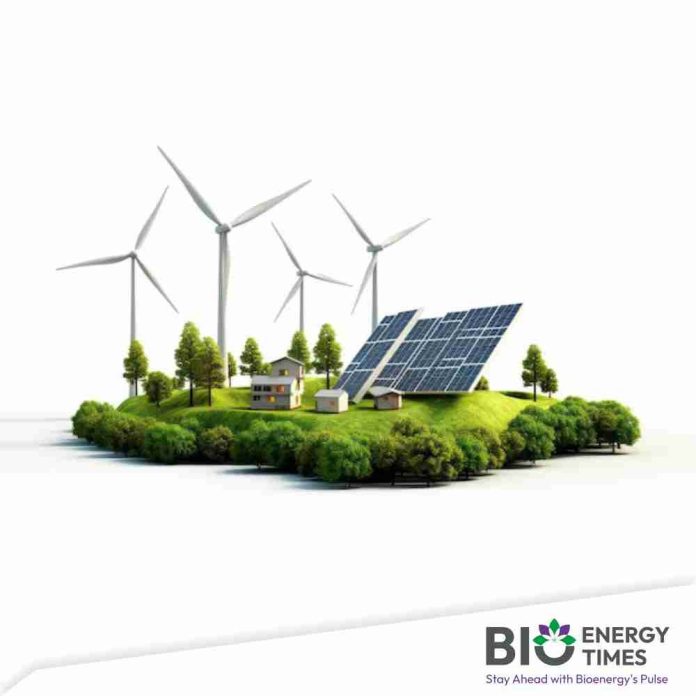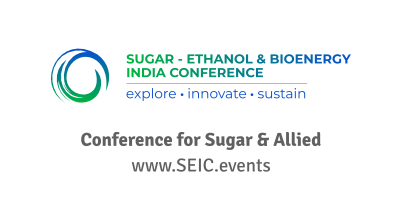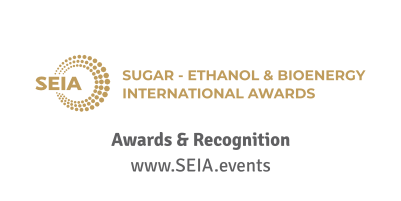Wildfires are a growing global crisis, causing significant financial losses and posing a severe threat to human life, ecosystems, and infrastructure. The increasing costs of wildfire suppression have prompted calls for proactive mitigation strategies worldwide. The year 2023 witnessed record-breaking fire seasons in numerous regions, exacerbated by severe weather conditions and fuel accumulation. The expansion of the Wildland-Human Interface (WHI) further intensifies the strain on fire management agencies and local economies, highlighting the urgent need for enhanced wildfire protection, reports Nature.
Canada experienced its worst wildfire season on record in 2023, accounting for a staggering 30% of global wildfire carbon emissions. Over 230,000 people were evacuated, and tragically, eight firefighters lost their lives. Approximately 15 million hectares burned, far exceeding the 10-year average. Northern communities, home to a significant portion of Canada’s Indigenous population, are disproportionately affected by wildfires. While Indigenous peoples constitute only 5% of Canada’s population, 42% of wildfire evacuation events occurred in their communities. Alarmingly, around 80% of Indigenous communities are located in fire-prone forested areas, with 32% residing within the WHI. Many remote communities, both Indigenous and non-Indigenous, lack adequate emergency planning, infrastructure, evacuation routes, and resources to effectively respond to potential wildfires.
Historically, wildfire management in Canada has primarily focused on suppression. However, the efficacy of suppression efforts is likely to diminish with increasing climate change impacts and strained resources. A more recent approach, guided by FireSmart™ Canada guidelines, emphasizes proactive fuel management measures within the WHI. These measures include thinning, pruning, surface fuel reduction, and the conversion to less flammable vegetation. At a broader landscape level, incorporating wildfire considerations into forest management activities can also help reduce the potential for large, uncontrolled wildfires. This study combines these site-level and landscape-level approaches under the term “fire-smart,” referring to fuel management activities aimed at reducing the flammability of forests around communities.
Reducing fuel accumulation and disrupting its continuity through prescribed burning and mechanical treatments are recognized as cost-effective strategies for mitigating wildfire spread and intensity. However, the unmerchantable biomass resulting from these fuel treatments is often considered waste, leading to disposal challenges, particularly for communities with limited financial and logistical resources. This can deter investment in crucial fuel treatment activities.
Bioenergy, the production of renewable energy from organic biomass combustion, currently accounts for 27% of Canada’s renewable energy supply, primarily from forest-derived solid biofuels. While the majority of this biomass comes from harvesting residues, research suggests that non-merchantable biomass from fuel treatments could serve as a cost-effective feedstock. Examples from the southern United States and European Mediterranean ecosystems demonstrate the potential of utilizing fire-prone biomass for bioenergy production, simultaneously reducing wildfire risk and greenhouse gas emissions. Boreal and temperate forests in Canada hold substantial amounts of biomass from fuel reduction treatments, estimated at 2.5 million oven-dry tonnes (odt) per year in British Columbia and 850,000 odt per year in Alberta. However, a comprehensive national assessment of biomass availability around vulnerable communities and its potential to meet their energy needs has been lacking.
The growing impetus for community-based bioenergy development in Canada presents a significant opportunity to explore the nexus between fire-smart fuel treatments and bioenergy strategies. Notably, approximately 70% of remote communities in Canada are off-grid, relying on diesel-powered generators for electricity and heat. These diesel-dependent communities, home to around 200,000 people, predominantly Indigenous, face significant socio-economic and environmental challenges, including energy insecurity and the impacts of climate change. They often pay 2–6 times more for energy than the average Canadian, even with subsidies. In contrast, wood-based bioenergy in Canada can cost significantly less. Transitioning to bioenergy offers numerous environmental benefits, such as reduced greenhouse gas emissions and the elimination of pollution from diesel storage and inefficient generators. Furthermore, bioenergy can create jobs, new income sources, and enhance energy security and sovereignty, contributing to community empowerment. Recognizing this potential, the Government of Canada has supported numerous clean energy projects, including bioenergy, in remote communities. Many fire-prone communities have also expressed a desire to integrate local biomass management with their wildfire management plans.
Given the increasing wildfire threat to Canadian communities and the energy insecurity faced by many remote populations, the integration of fire-smart fuel management and bioenergy presents a potential win-win solution. This study aims to identify pathways for this integration by: 1) Identifying diesel-dependent communities at high wildfire risk across Canada; 2) Estimating the amount of biomass available from fuel treatments (BAFT) and the fuel treatment area (FTA) at the community level for bioenergy feedstock; and 3) Ranking priority communities where BAFT could potentially meet their annual energy demand. The study utilizes a unique framework combining national environmental remote sensing data with community-based information from the Remote Communities Energy Database (RCED). Spatial analyses of national above-ground biomass data, time since disturbances, and WHI layers with buffers around communities were used to determine BAFT and FTA. Hierarchical clustering analysis was employed to prioritize communities that could benefit most from BAFT for bioenergy. While acknowledging the static nature of the data and the absence of forest regrowth considerations, this study provides an initial national assessment to identify and prioritize communities where combining fuel treatments and biomass mobilization can simultaneously mitigate wildfire risk and address energy needs.
















